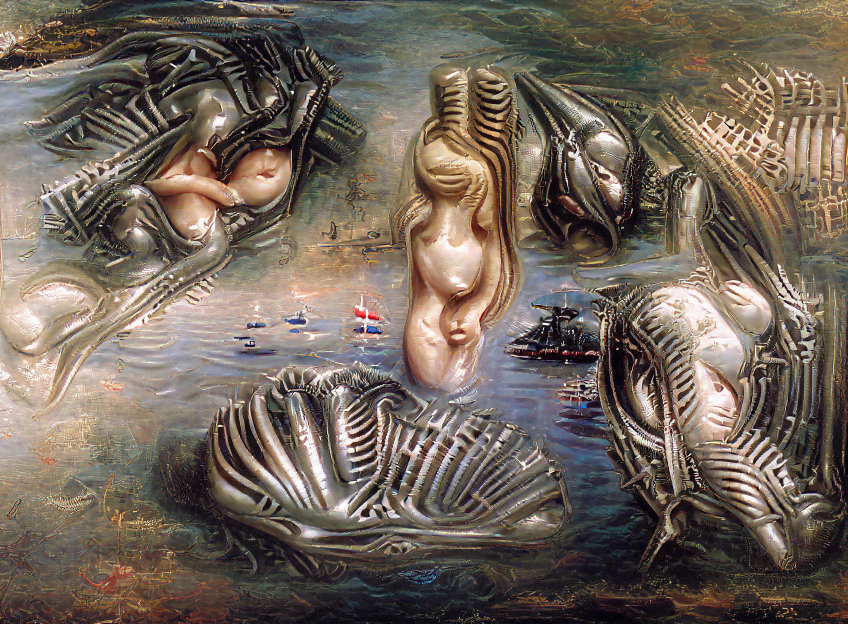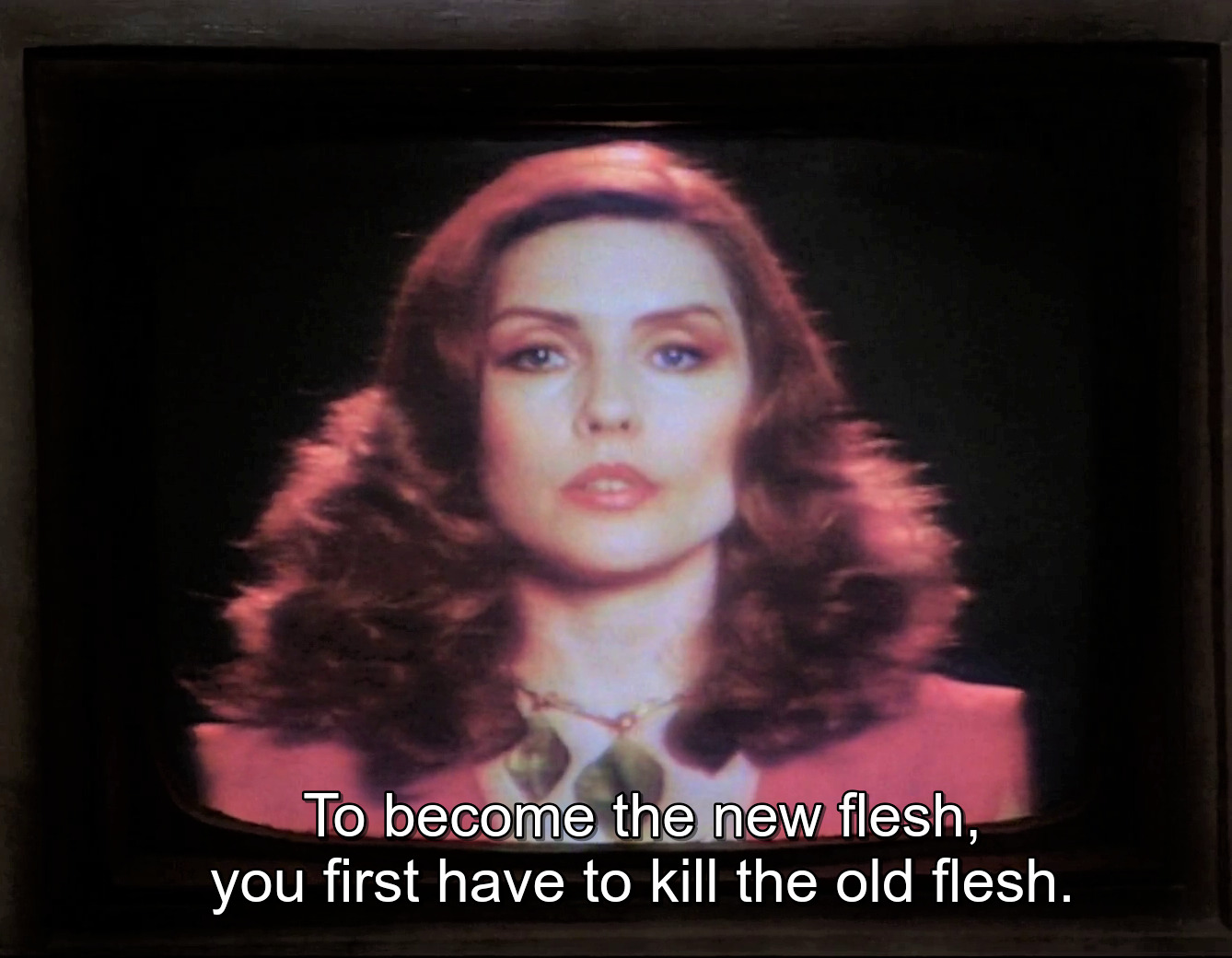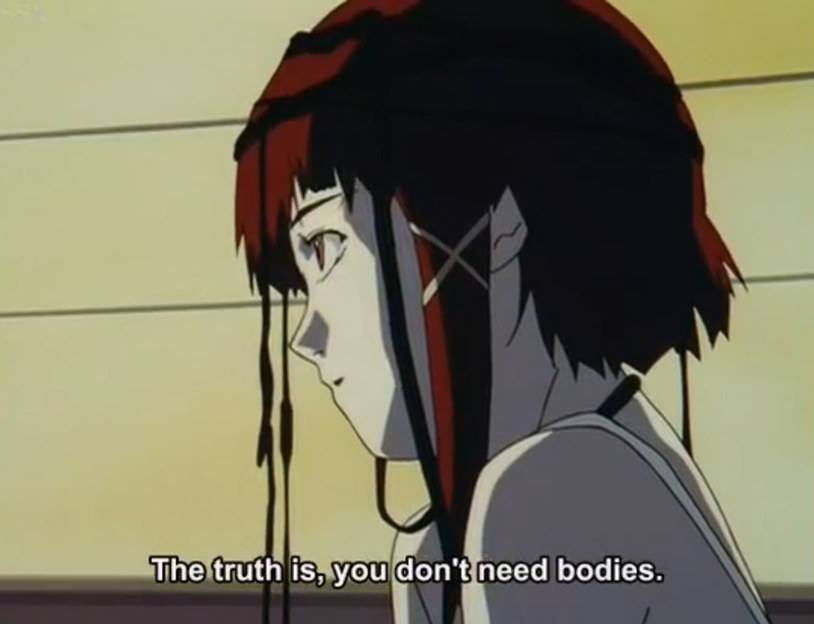




“[The] cyberspace is uncanny. […] Its scientific descriptions gel eerily with the terms of digital
gothic: it is a ‘space’ filled with lurking figures, voices without bodies, unstable identities, [...]
our relation to and awareness of cyberspace is characterized by [...] a pervasive sense of
apprehension, unease and uncanniness.”— Karen Macfarlane, Zombies and the viral web, 2018.
“[…] John Perry Barlow celebrates cyberspace as ‘the new home of the mind’, a world that ‘is
not where bodies live’. This world is exclusively called forth by technology, and is the diametrical
antithesis of nature. […] Should we really celebrate that, we ask ourselves not without panic? If
the tangible realities of space, time, and the body are no longer necessary for human identity,
what does define humanness? And ultimately, what will happen when technology acquires
agency and the golem comes to life?” — Isabella van Elferen, Dances With Spectres:
Theorizing the Cybergothic, 2017.

--- the biological turned mechanical / post-human evolution (ex. nine inch nails - the becoming, pinocchio 964 (1991), crash (1996), h.r. giger illustrations, the normal - tvod, etc.)

--- the ambience of songs like digital bath by deftones and cold industrial / synth music / coldwave in general
--- serial experiments lain (1998) (obviously . . . we all love lain)
--- david cronenberg's entire filmography — i.e. eXistenZ & videodrome



--- the internet meets the spirit world / "techno-horror" films (ex. pulse (2001), dir. kiyoshi kurosawa and lake mungo (2008), dir. joel anderson)
--- mechanical body mutilation (see tetsuo: the iron man)
--- white noise
--- the journey radio station from gta iv
etc...

